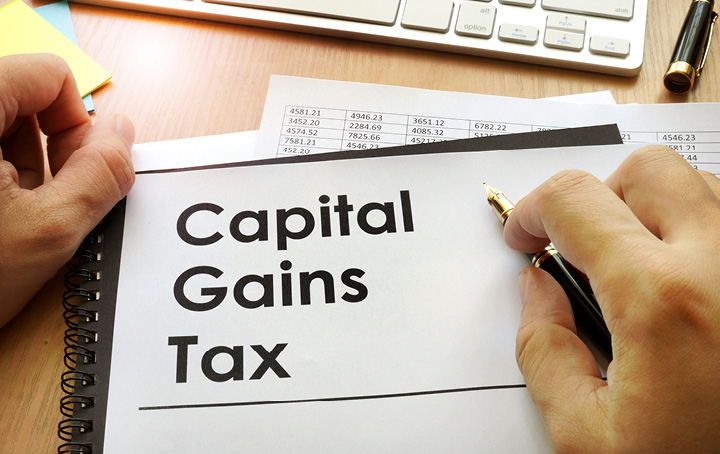

[column width=”1/1″ last=”true” title=”” title_type=”single” animation=”none” implicit=”true”]
As the ongoing effects of the drought sweeps across the nation, the financial effects are no doubt weighing heavily on the minds of farmers and other primary producers. While the government cannot make it rain, it is doing its bit to ease the financial strain by giving those affected by drought more time to pay their taxes, waiving penalties and interest charges, adjusting PAYG instalments, and promoting tax incentives.
Some of the immediate assistance measures include concessional loans and the farm household allowance in which lump sum payments of up to $12,000 can be paid to eligible farm households. The allowance can also be in the form of fortnightly payments for a maximum period of 4 cumulative years at the same rate as the Newstart allowance. This allowance may be available to both the farmer and his/her partner provided certain conditions are met. An activity supplement of up to $4,000 to pay for study, training or professional financial advice may also be available to eligible households.
In addition to the immediate assistance, primary producers can also obtain ongoing benefits of various tax concessions including:
– Instant asset write off – this financial year is the last year you can get an immediate deduction for assets you’ve purchased that cost less than $30,000 (depending on the date of purchase), provided you’re classified as a small business. From 1 July 2020, you can only obtain an immediate deduction for assets that cost less than $1,000. Make sure you make the most of this concession, if you’re thinking of buying a water storage or other drought proofing assets, it may be wise to bring forward the purchase.
– Immediate deductions for fodder storage assets – any structural improvement, capital repair, alteration, addition or extension to an asset or structural improvement that is primarily and principally used for storing fodder is immediately deductible in the year you incurred the expense. Increasing the capacity or changing the way the feed is stored will almost certainly provide an insurance policy for dry times and lessen the financial strain of having to purchase feed for livestock.
– Income averaging – if you’re an individual carrying on a primary production business, you can apply income averaging to account for what may be significant fluctuations year on year from environmental and other factors. This ensures that you will not be subject to an unreasonably high marginal tax rate one year when it is not representative of your income levels over a longer period.
[/column]